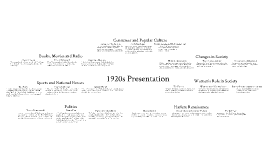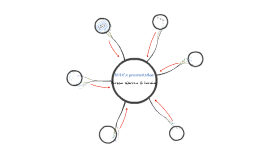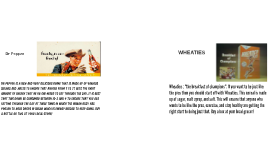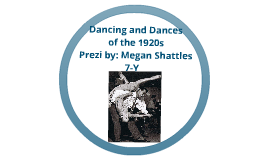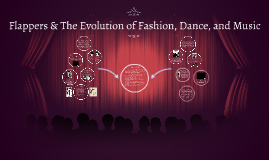1920s Presentation
Transcript: There was a "red scare" in America, with the palmer raids set by the department of justice The raids and arrests occurred in November 1919 and January 1920 under the leadership of Attorney General A. Mitchell Palmer. Though more than 500 foreign citizens were deported, including a number of prominent leftist leaders Woodrow Wilson set up the League of Nations, which America refused to join. The League had no real power since it relied on the Great Powers for authority, and failed to prevent WWII On June 8, 1920, the Republican National Convention meeting in Chicago nominated Warren G. Harding, an Ohio newspaper editor and United States Senator, to run for president with Calvin Coolidge, governor of Massachusetts, as his running mate. The Democrats, meeting in San Francisco, nominated another newspaper editor from Ohio, Governor James M. Cox, as their presidential candidate, and 37 year-old Assistant Secretary of the Navy Franklin D. Roosevelt, a fifth cousin of the late president Teddy Roosevelt, for vice president. Warren G. Harding ran on a promise to "return to normalcy", a term he coined, which reflected three trends of his time: a renewed isolationism in reaction to World War I, a resurgence of nativism, and turning away from the government activism of the reform era. Throughout his administration, Harding adopted laissez-faire policies. Harding's "Front Porch Campaign" during the late summer and fall of 1920 captured the imagination of the country. It was the first campaign to be heavily covered by the press and to receive widespread newsreel coverage, and it was also the first modern campaign to use the power of celebrity. The Immigration Act of 1924 places restrictions on immigration. National quotas curbed most Eastern and Southern European nationalities, further enforced the ban on immigration of East Asians, Indians and Africans, and put mild regulations on nationalities from the Western Hemisphere (Latin Americans). The election held on November 6, 1928 was won by Republican candidate Herbert Hoover by a wide margin on pledges to continue the economic boom of the Coolidge years. Fashion in 1920s Origin from England: What we call aesthetic or artistic dress had its origins in England. The source of this dress is most often attributed to the artists and designers associated with the British Aesthetic and Arts and Crafts Movements. Trousers and reform underwear offered practical, if controversial, relief for women who believed that fashionable dress was unhealthful and impractical. In addition to dress reform in the name of comfort, health, and practicality, however, there were also many people who believed that beauty and aesthetics were not being considered by dress designers. It is not surprising, then, that “artistic” dress came into being. Artists, designers, and other proponents of applying principles of art to dress—many of whom were associated with the aesthetic movement in England and comparable movements on the Continent and in America—encouraged women to adopt artistic dress. Changes from 18 century to 19 century By the twenties of the nineteenth century, women’s dress was changing from the spare, classic up-and-down simplicity which had prevailed since the last years of the previous century. It was gradually becoming fuller-skirted, with puff sleeves reappearing and increasing in size, corsets becoming once again formidable figure-controllers, waists nearing their natural place. (Elizabeth Ewing 117) Reason of fashion reformation 1.British influence 2.American women were expressing their own feelings of modernity 3.Industrial reformation 4.the First World War 1914-18 Development in the U.S. It did not take long for Americans to embrace the reforming ideas and precepts of the British aesthetes. In the second half of the nineteenth century, as in many parts of the world, American artists, architects, designers, and like- minded citizens were leaning toward cultural reform, especially of the visual, decorative, and practical arts. Since wearing aesthetic dress in public meant breaking the rules of etiquette and customary standards established by American society, many women in the late nineteenth century confined their aesthetic expression to tea gowns worn in the home. Yet the new artistic dress had a growing public appeal, because it had exotic qualities and connections to historic dress. Indeed, ultimate acceptance of the artistic garment known as a tea gown followed the process by which almost any new style becomes a fashionable mode. The Flapper History The costume history image in our minds of a woman of the 'Roaring Twenties' is actually likely to be the image of a flapper. Flappers did not truly emerge until 1926. Flapper fashion embraced all things and styles modern. A fashionable flapper had short sleek hair, a shorter than average shapeless shift dress, a chest as flat as a board, wore make up and applied it in public, smoked with a long cigarette holder, exposed her limbs and






